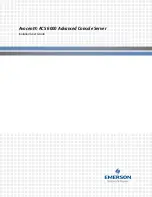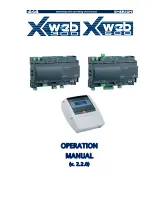
Related tasks
After working inside your system
Removing the power interposer board
Related reference
System board
A system board (also known as the motherboard) is the main printed circuit board found in systems. The system board allows
communication between many of the crucial electronic components of the system, such as the central processing unit (CPU) and
memory, and also provides connectors for other peripherals. Unlike a backplane, a system board contains significant number of sub-
systems such as the processor expansion cards, and other components.
Removing the system board
Prerequisites
1. Follow the safety guidelines listed in the Safety instructions section
2. Follow the procedure listed in the Before working inside your system section.
3. Remove or disconnect the following components:
a. cooling shroud
b. cooling fans
c. power supply unit(s)
d. expansion card riser(s)
e. integrated storage controller card
f. heat sink(s)/heat sink blank(s)
g. processors(s)/processor blank(s)
CAUTION:
To prevent damage to the processor pins when replacing a faulty system board, ensure that you cover
the processor socket with the processor protective cap.
h. memory modules and memory module blanks
4. Keep the Phillips #2 screwdriver ready.
Steps
1. Disconnect the SAS cable from the system board.
2. Disconnect all other data and power cables from the system board.
CAUTION:
Take care not to damage the system identification button while removing the system board from the
chassis.
CAUTION:
Do not lift the system board by holding a memory module, processor, or other components.
3. Remove the screws securing the system board to the chassis.
116
Installing and removing system components
















































